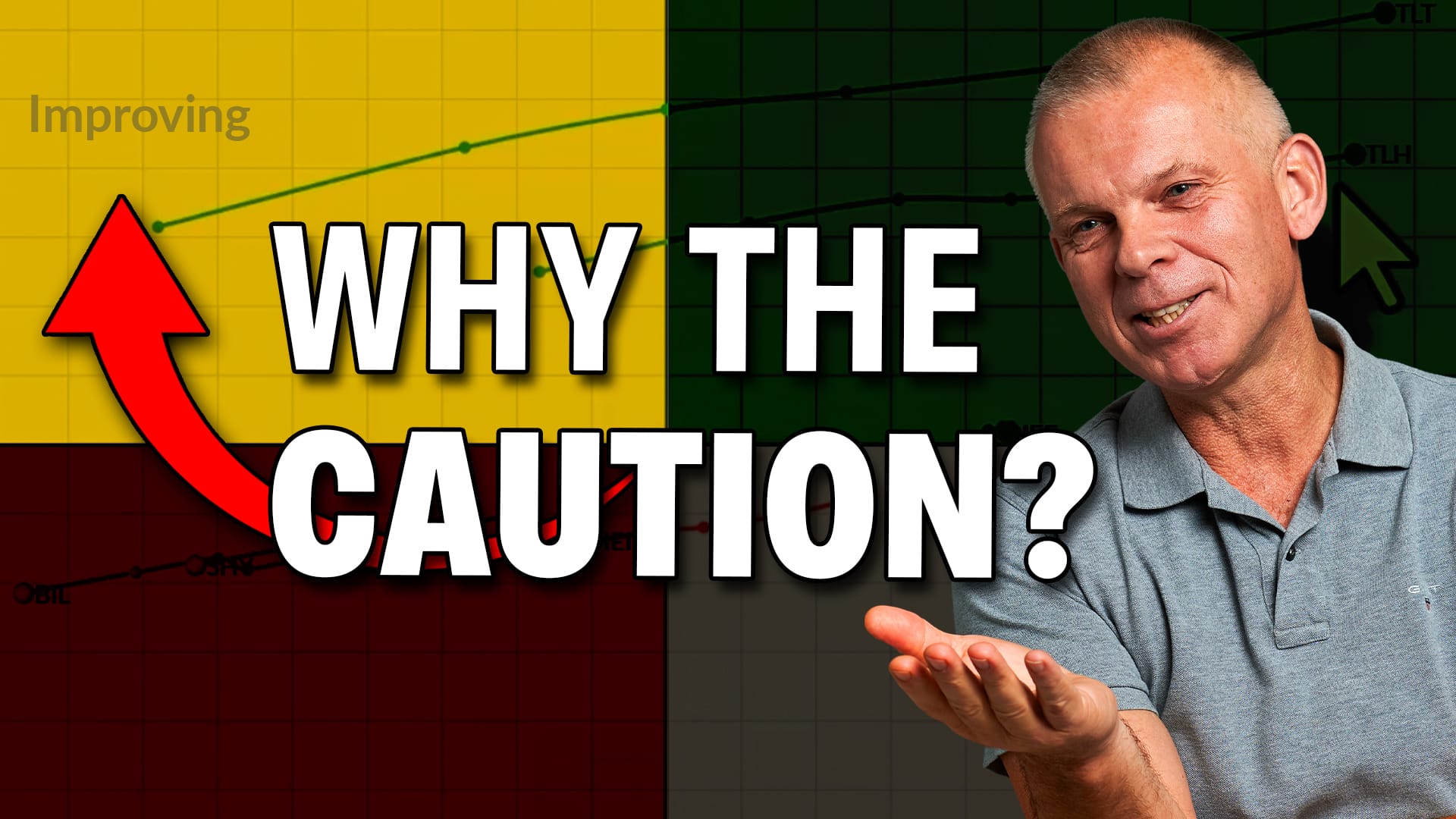SETTING SUMMER TARGETS FOR THE DOW AND NASDAQ -- XLY AND XLK REVERSE AT CHANNEL TRENDLINES -- XLI AND XLF SHOW RELATIVE WEAKNESS -- DEFENSIVE SECTORS NOT IMMUNE, BUT SHOULD HOLD UP BETTER -- LONG-TERM MOMENTUM TURNS NEGATIVE FOR ALL ORDS AND HANG SENG
SETTING SUMMER TARGETS FOR THE DOW AND NASDAQ ... Link for todays video. As outlined in market messages since mid May, the major stock indices have broken key support levels and several breadth indicators have turned bearish. The bulk of the evidence clearly shifted from bullish to bearish over the last few weeks. Now what? In keeping with basic Dow Theory, I think we simply need to respect this evidence shift until proven otherwise. According to Charles Dow, neither the length nor the duration of a trend can be forecast. The best we can do is identify trend changes and act accordingly.
Having laid out my disclaimer, I will now take a stab at estimating a downside target for late summer. In the spirit of Mission Impossible and Ethan Hunt, this estimate will self-destruct in 24 hours. Chart 1 shows weekly bars for the Dow Industrials over the last three years. I added twenty extra bars (weeks) to the chart so we can see the late summer timeframe (and the dreaded October). The Dow formed a rising channel since 2010 and declined from the upper channel trendline the last two months. An extension of the lower trendline reaches the 11500-11700 area this summer. Also note that a 61.80% retracement of the October-April advance would extend to the 11500 area and the yellow area marks a resistance-support zone extending back to April 2010. Admittedly, this is not the most scientific study, but the markets do not run on defined equations or concrete rules. They run on human emotions and general guidelines, which is why technical analysis is part art and part science.

(click to view a live version of this chart)
Chart 1
Chart 2 shows the Nasdaq with a similar rising channel. The lower trendline extends to the 2600 area this summer. The 61.80% retracement and yellow zone also confirm support here.

(click to view a live version of this chart)
Chart 2
XLY AND XLK REVERSE AT CHANNEL TRENDLINES ... In the April 18th market message, I wrote about rising channels in the Consumer Discretionary SPDR (XLY) and the Technology SPDR (XLK). Both were in clear uptrends, but became overbought after hitting these trendlines and looked ripe for a correction. Flash-forward one month and both have backed off these trendlines to start their corrections. Chart 3 shows XLK falling over 5% since early April. Applying the same methodology as above, the next support target is in the 25.5-26.5 area this summer. The lower trendline of the rising channel, 50-61.80% retracement and broken resistance zone mark support in this area.

(click to view a live version of this chart)
Chart 3
Chart 4 shows XLY with similar characteristics and a summer target residing in the 38-39 area, which is another 10% lower. I think chartists should watch these two sectors closely for clues on the broader market. These two were the leaders up until April as both recorded new 52-week highs six to eight weeks ago. XLY represents consumer spending with a heavy retail presence. Technology represents the appetite for risk and growth.

(click to view a live version of this chart)
Chart 4
XLI AND XLF SHOW RELATIVE WEAKNESS ... The charts for the Industrials SPDR (XLI) and the Finance SPDR (XLF) look a lot different than the two charts above. First, notice that both failed to take out their 2011 highs and show relative weakness. Second, notice that both broke clear support levels with a sharp decline this month. Chart 5 shows XLF forming a lower high in 2012 and breaking two support levels this month. The uptrend from October to April was clearly reversed and a new downtrend has started. With a lower high, it is certainly possible that this months reversal signals a continuation of the prior decline (February to September 2011). Such an assumption would target a decline to the 2010-2011 lows (10.5-11), possibly by the end of summer. Between current levels and this target, there is another potential support level around 13. This area marks a 61.80% retracement of the October-April advance.

(click to view a live version of this chart)
Chart 5
Chart 6 shows XLI hitting resistance at the 2011 highs and breaking support with a sharp decline this month. The break reverses the October-April uptrend and calls for at least a correction of the prior advance. A 61.80% retracement would extend to the 31.5 area. The July 2009 trendline and yellow zone reinforce support here.

(click to view a live version of this chart)
Chart 6
DEFENSIVE SECTORS NOT IMMUNE, BUT SHOULD HOLD UP BETTER... The charts for the three defensive sectors show room for a correction, but these three sectors usually weather the storm better. Almost all stocks decline during a bear market or deep correction. Defensive stocks, however, usually decline the least. Chart 7 shows the Consumer Staples SPDR (XLP) recording a 52-week high and hitting the upper trendline of a rising channel. The ETF is looking overbought and ripe for a correction as well. The lower trendline, 38-50% retracement zone and broken resistance mark a support zone in the 31-32 area. Chart 8 shows the Healthcare SPDR (XLV) with support marked in the 34-35 area. Chart 9 shows the Utilities SPDR (XLU) with support marked in the 32-33 area.

(click to view a live version of this chart)
Chart 7

(click to view a live version of this chart)
Chart 8

(click to view a live version of this chart)
Chart 9
LONG-TERM MOMENTUM TURNS NEGATIVE FOR ALL ORDS AND HANG SENG... Selling pressure over the last few weeks has certainly not be confirmed to the US and Europe. Stock markets around the world are down this month with many key Asia indices breaking support levels. With global equity markets highly correlated, this further reinforces the bearish argument for US stocks. Chart 10 shows the Australian All Ords Index ($AORD) hitting resistance around 4500 with a rising wedge. After retracing 50-61.80% of the prior decline, the index continued lower with a big support break this month. The indicator window shows MACD turning negative for the first time since last summer. $AORD closed at 4118 on Wednesday (-1.31%).

(click to view a live version of this chart)
Chart 10
Chart 11 shows the Hang Seng Index ($HSI) peaking near the 61.80% retracement and breaking wedge support with a sharp decline. MACD also moved into negative territory and momentum is clearly bearish. $HSI may be short-term oversold, but this months break down is the dominant chart feature and broken support turns first resistance around 20K. $HSI closed at 18786 Wednesday (-1.33%).









